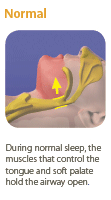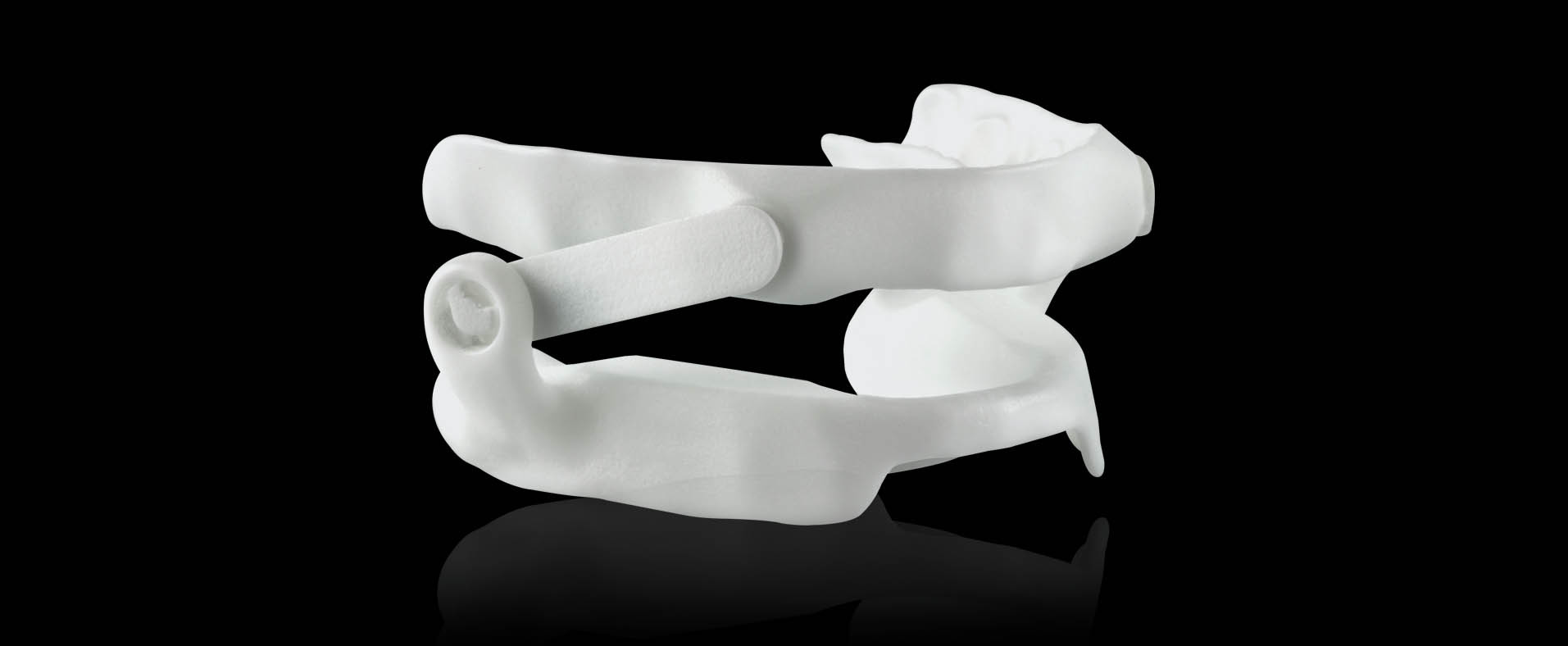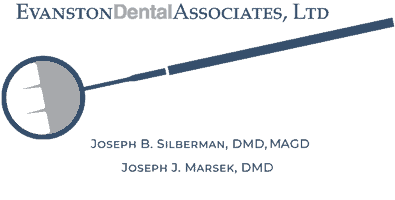Sleep Apnea
Obstructive sleep apnea (OSA) can be a very dangerous condition which affects 10-20 million people. It occurs when the tongue and soft palate collapse onto the back of the throat, blocking the upper airway, thereby causing air flow to stop. When the oxygen level drops low enough, the brain moves out of deep sleep and the individual partially awakens. The airway then contracts and opens, causing the obstruction in the throat to clear. The flow of air starts again, usually with a loud gasp. With the return of air flow, the individual then falls back into a deep sleep. Again, the airway muscles collapse, as one awakens with a gasp. The airway clears once again as the process repeats itself. This scenario may occur many times during the night. The combination of low oxygen levels and fragmented sleep are the major contributors to most of the ill effects that the sleep apnea patient suffers.
Some of the Signs of OSA are:
- Excessive daytime sleepiness (hypersomnia)
- Loud snoring
- Observed episodes of breathing cessation during sleep
- Awakening with a dry mouth or sore throat
- Morning headache
- Difficulty staying asleep (insomnia)
In addition to these signs, studies show that sleep apnea patients are at a higher risk for heart attacks, stroke, high blood pressure, headaches, erectile dysfunction and depression. There is also a higher incidence of work related and driving related accidents.
Diagnosis of OSA
Diagnosis is based on the results of an overnight sleep study, called a Polysomnogram (PSG). Other factors of determining OSA are patient evaluation and history. We work very closely with local sleep physicians who can diagnose your condition.
Treatment of OSA
If you are diagnosed with OSA, some recommendations could include weight loss and exercise. Often times, treatment will include what’s called a CPAP device. Continuous Positive Airway Pressure (CPAP) is pressurized air generated from a bedside machine. The CPAP opens the airway like air into a balloon; when air is blown into the balloon, it opens and gets wider. This is exactly how CPAP clears the airway. Using a CPAP machine has traditionally been the treatment of choice for OSA. There are times, however, that a person cannot tolerate wearing the CPAP. It is in those instances that we make a dental sleep appliance.
Dental Sleep Appliance
There are numerous types of appliances that Dr. Silberman makes for his patients with sleep apnea. The type chosen depends on each patient’s individual needs based upon all of the diagnostic information gathered. Oral appliances that treat snoring and obstructive sleep apnea are small plastic devices that are worn in the mouth, similar to orthodontic retainers or sports mouth guards. These appliances help prevent the collapse of the tongue and soft tissues in the back of the throat, keeping the airway open during sleep and promoting adequate air intake.


We Love to See Our Patients Smile
" What Dr. Silberman did is a miracle. I’m a different person. It’s impossible to compare with what my mouth looked like before. I have a Hollywood smile."
—Ellina D, patient for five years
